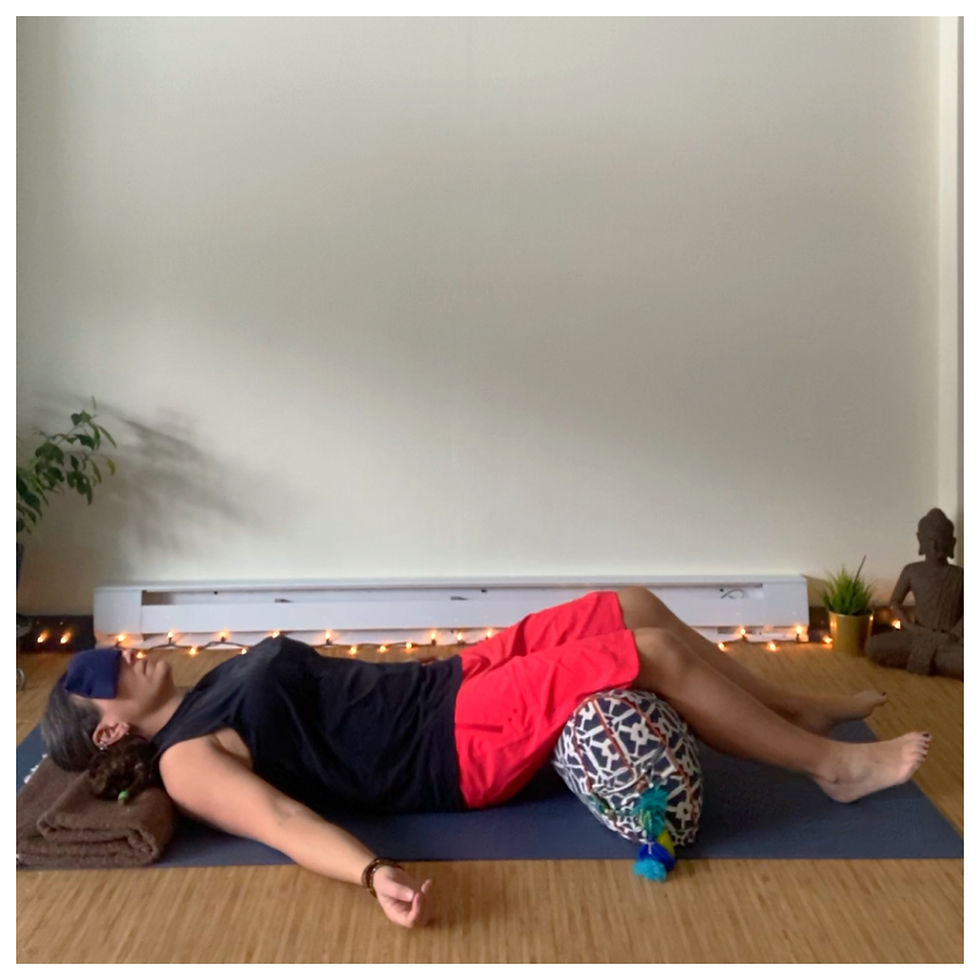Getting Healthy Habits to Stick + the Brain Effect
- Joy Zazzera

- Feb 18, 2021
- 3 min read
If you were to look back upon your eating behaviors over the past year, could you draw a conclusion that stress and emotions like overwhelm, agitation, nervousness, and/or depression had caused you to binge on comfort foods on a semi, or even regular occurrence?
Binge - defined as a period of excessive indulgence.
Well, this self-destructive behavior has become easy to fall into because it’s had time to have been repeated so often, especially as our emotions continue to run high trying to survive in a pandemic culture.
Practice makes permanent, not necessarily perfect. This is especially true when you find yourself repeating self-destructive behavior. Although there is a broad spectrum when it comes to over eating - including stress eating, emotional eating, disordered eating, to a formal, diagnosed eating disorder - it’s an appropriate lens for the current times that we can all use to take a closer look at affecting a positive change to break any potentially harmful eating habits before they spiral into something worse.
Neuroplasticity is an important concept in understanding more about anything we indulge in: poor eating, poor thinking, and even poor movement and posture. Nueroplasticity is

essentially the brain’s ability to change. You can harness the power of neuroplasticity to accomplish a change in the nervous system - the communication system of our body and brain - in order to affect a positive charge. One way to influence change in the brain, including our choices about eating, is through repetition of the new habit, not reinforcement of the old.
Here’s a little more about what’s happening that we can’t see specific to when the urge to binge eat presents. Since our neurons (rendered in the graphic pictured here) are wired to act automatically when triggered by an urge, unless we do something to resist that trigger, our response to reach for food becomes automatic.
Every time we act on an urge and end up turning to food, we reinforce neural pathways that keep us in the mode of craving and binging. Perhaps we call this the path of least resistance.
To break the habit, we can start by weakening the link between an urge and binge. We can teach ourselves to resist our urges!
Delaying the binge for 10 seconds, 1 minute or 10 minutes changes how your brain reacts to urges. With strategic actions, you can gain more impulse control.
To weaken a BINGE NEURO PATHWAY:
Don’t act on your urge right away.
Delay eating for a few minutes and observe how the intensity of your emotions change.
Neuropathways effect, either positively or negatively, every thought and every move we make - this includes our movement choices and habits and the thoughts we have about how we feel and move in our body. My yoga classes emphasize creating new neural pathways as a way to reach therapeutic targets, but it all starts with a decision to make changes that are vital to our resilience, longevity, and adaptability to life.
Until we DECIDE DIFFERENTLY, and then DO DIFFERENTLY, we will feel as if we are just spinning our wheels despite wanting to make better choices.
Again, it’s simple! It just takes A DECISION TO CHANGE and APPLIED EFFORT in order to SEE PROGRESS AND IMPROVEMENT. Just like simple therapeutic movement done regularly, making better choices about our eating habits are never going to make us feel bad. In fact, these simple but lasting changes are often what determines how we are going to feel not only in the present, but in our future lives.
Don’t give up a food. Give up a habit by creating a new and better one in its place!







Comments